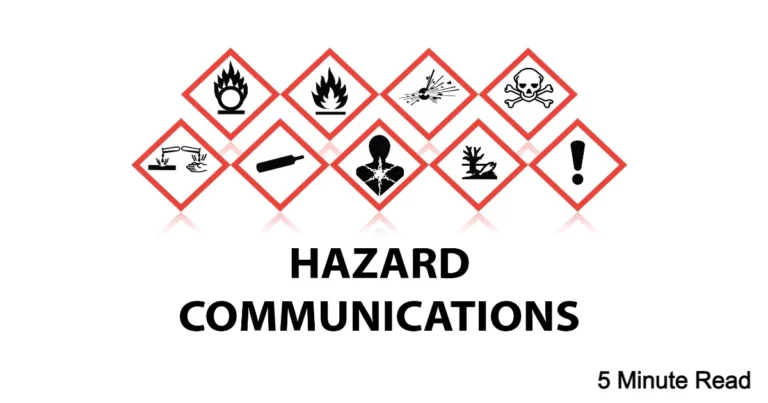Striking the Balance: Managing Percent of Work Performed by Own Forces
Every choice you make counts in the field of project management and construction. One of the most important choices that construction businesses and project managers have to make is how much work should be done internally vs. through outsourcing or subcontracting to other parties. This figure, sometimes referred to as the “Percent of Work Performed by Own Forces,” is an important indicator that provides insightful information about the operational effectiveness, cost management, and overall project management strategy of a business.
Defining the Metric: Percent of Work Performed by Own Forces:
This measure shows how much of a company’s project work is finished with its own staff, machinery, and internal resources. It shows the duties that are managed internally as opposed to those that are contracted out to outside partners or subcontractors. The secret to comprehending this measure is striking a balance between the project’s needs and the company’s objectives.
The Advantages of a High Percentage:
- Efficiency of Operations: An organization that depends significantly on its internal resources is indicated by a high percentage of work completed by its own personnel. This method reduces the need for outside coordination, which can improve operational efficiency.
- Cost Control: Businesses that manage a sizable amount of the work internally may save money by avoiding the costs of outsourcing and subcontractor fees.
- Control of Quality: A big plus is being able to have control over the caliber of the job. Work done internally frequently results in more scrutiny and adherence to corporate guidelines.
- Timetables and Scheduling: Organizations that handle a significant portion of their work in-house have greater control over project schedules since they rely less on outside influences.
- Operational Efficiency: A large proportion of work completed by own5. * Risk Management: Reducing reliance on subcontractors can help reduce the possibility of delays or disagreements when working with other groups.
Striking a Balance:
While there are unquestionably benefits to having a large portion of work done by one’s own team, there are instances in which outside knowledge is priceless. Finding the ideal balance is crucial:
- Traditional Assignments: Certain initiatives can need for certain knowledge or tools that the business doesn’t have. In certain situations, outsourcing could be required.
- Resource Availability: The proportion of work that can be completed internally may vary depending on the availability of internal resources, such as trained personnel and equipment.
- Project Requirements: The optimal balance is determined in large part by the nature of the project and the preferences of the customer. Customers could have certain demands when it comes to subcontracting.
- Competitive Advantage: Having the capacity to provide a wide range of services can provide a business a competitive edge, but this calls for flexibility in the proportion of work completed by internal staff.
Conclusion: A Strategic Approach:
The statistic “Percent of Work Performed by Own Forces” is not always applicable. It necessitates a strategic approach that considers the demands of the particular project, the availability of resources, and the overarching company objectives. Finding the ideal balance between meeting the changing and varied needs of the construction and project management industries and utilizing internal resources for cost control, quality assurance, and operational efficiency enables construction businesses and project managers to maximize their potential. Reaching this balance is the essence of a well-managed project.







